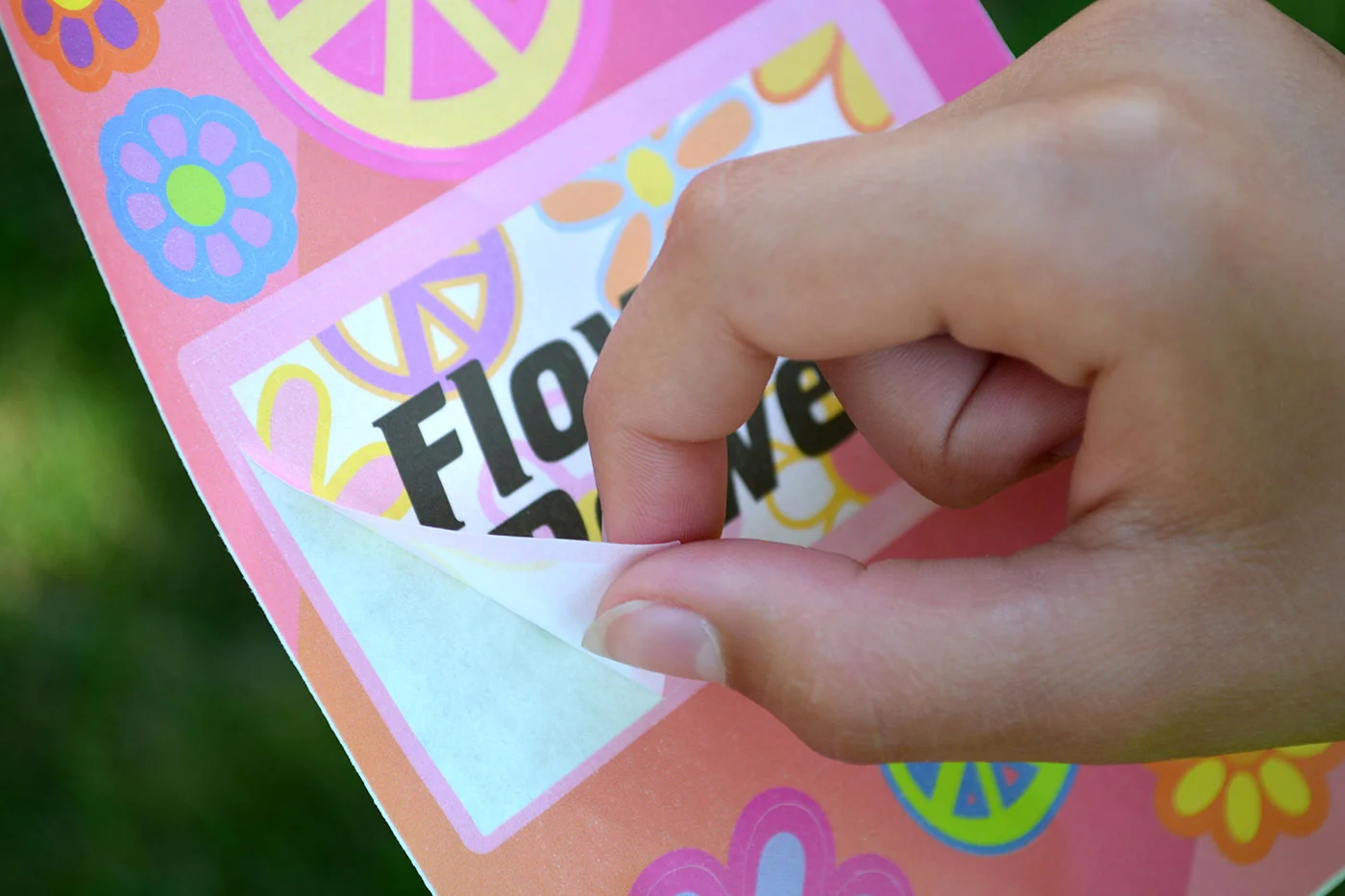The Strongman Whey Protein Powder label was created using HD Flexo printing, four-color process, silver cold foil, and approximately 30,000 ft. of material (60,000 labels).
Congratulations! You’ve made the decision to give your product a glamorous new look by incorporating a metallic foil into your label design.
Only one question: do you plan on using cold foil or hot stamp?
If you haven’t considered this question, don’t feel bad—most who venture into the same territory haven’t either. While difficult to spot with the naked eye, there are many differences between the two processes and brand owners should familiarize themselves with the advantages to each before entering the world of foil.
Various wine labels printed multi-process, including hot stamp embellishments
How does Hot stamp work?
During the hot stamp process, a metal stamp of the soon-to-be-foiled design is created and mounted on a stamping machine above the paper. After heating the stamp, the sheet of foil runs between stamp and paper so that when pressure from the stamp is applied to the paper, the foil is affixed to the surface. This pressure, in turn, creates a noticeable, distinct feel.
Results
Hot stamp creates a true metallic that has a distinctively lustrous look. Colors are deeper and brighter than cold foiled materials, and the number of shades available is constantly growing.
Big takeaways
While not ideal for designs utilizing heavy ink coverage or reverse print, hot stamp is most effective when adding highlights to a label or packaging. It can produce more dramatic results when paired with digital printing. The process better lends itself to shorter runs, which generally equates to less than 20,000 ft. of material.
How does Cold foil work?
Cold foil uses a Flexographic printing press and takes place when an adhesive that is UV-curable is printed on the paper, film or shrink sleeve in a specific shape or design. Foil is then pressed through a nip roller onto the substrate and the product is exposed to UV light. Finally, to finish the process, the foil is removed where no adhesive is present.
Results
Cold foil’s fine detail and consistency make it ideal for situations where greater accuracy is required, such as small text. Additionally, cold foil offers the broadest range of colors because different color inks can be applied after the foil is on the paper.
Big takeaways
While hot stamp provides a high quality result, cold foil has its own set of advantages. Due to the inline nature of the process, as well as the fact that only a Flexographic plate—instead of a stamp or die—needs to be created, cold foil is a faster, more efficient process than hot stamp. It is best suited for long-run jobs, with a starting point of around 20,000-30,000 ft. of material, and can be used with a variety of substrates.
Hot or cold?
The choice of process boils down to a just a few factors. Brand owners working with a large inventory or looking for finer detail may want to consider cold foil, while hot stamp could be a more suitable option for those who place a premium on higher quality or are keeping a smaller inventory.
Regardless, both cold foil and hot stamp can add a shine and shelf appeal to your label that will give your product an elegant, sophisticated appearance.


